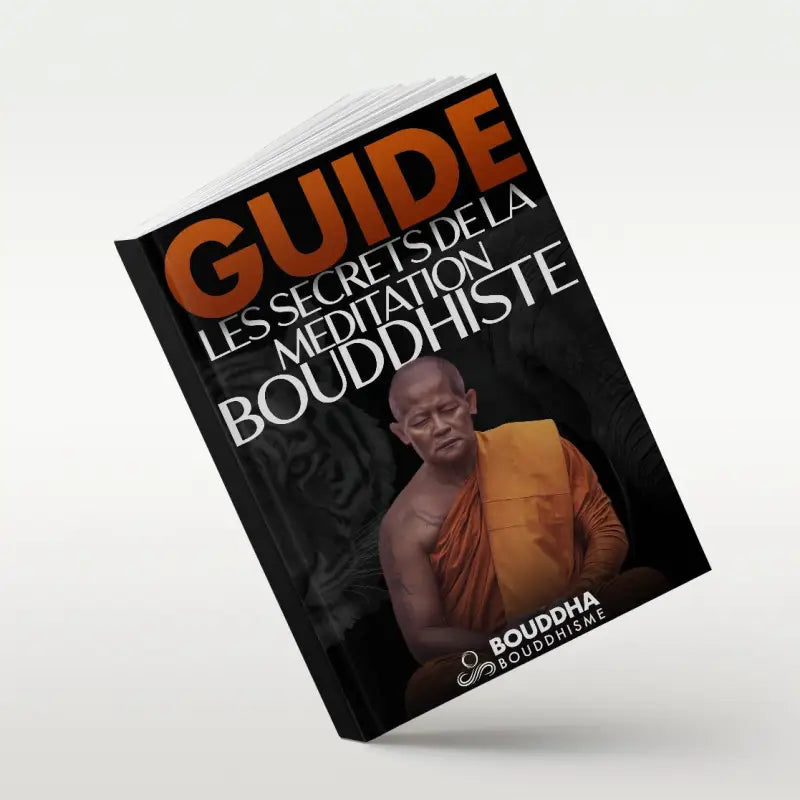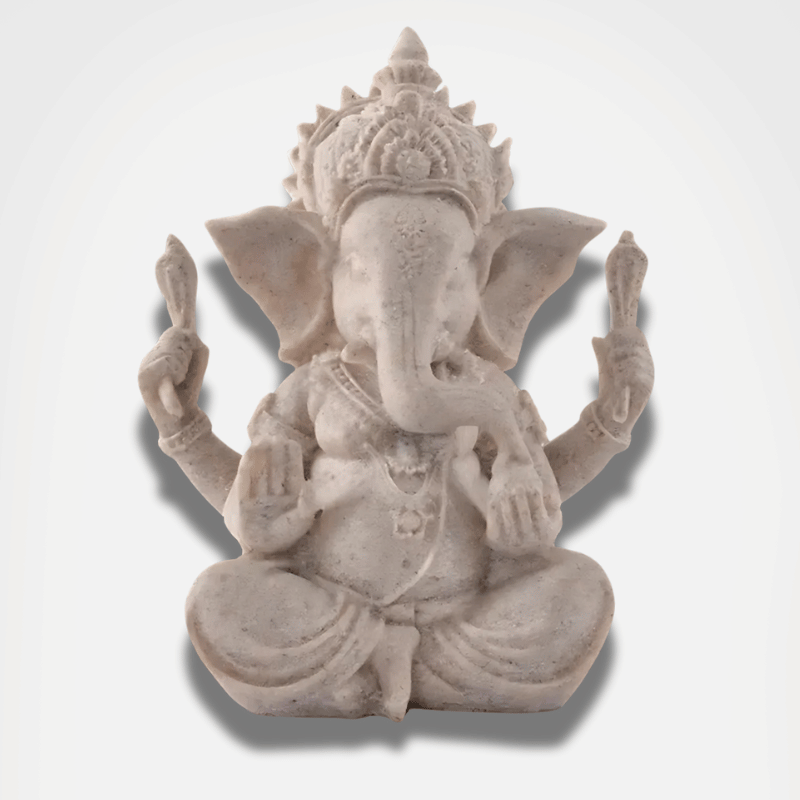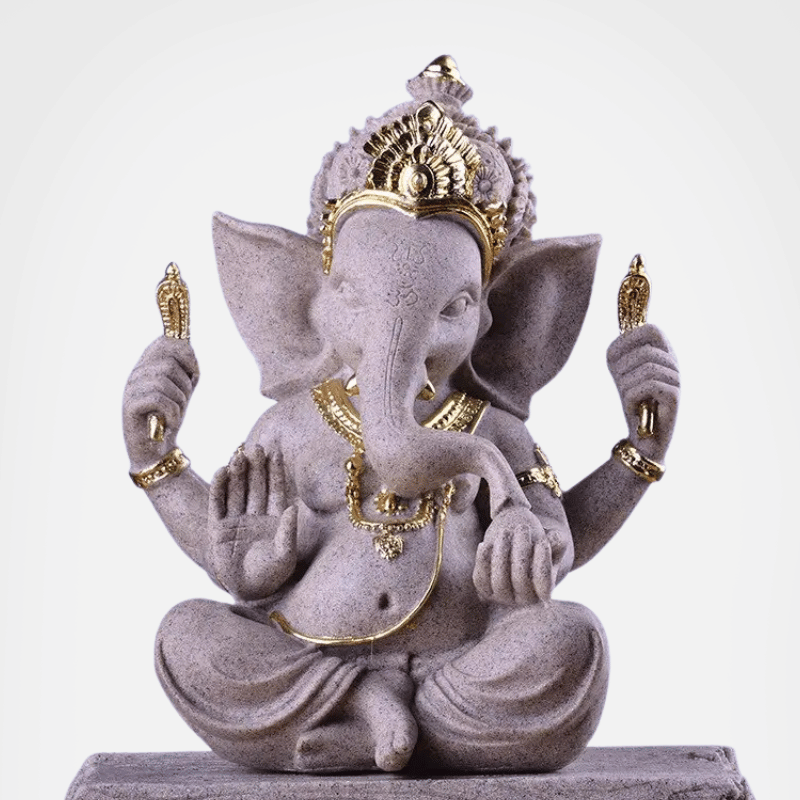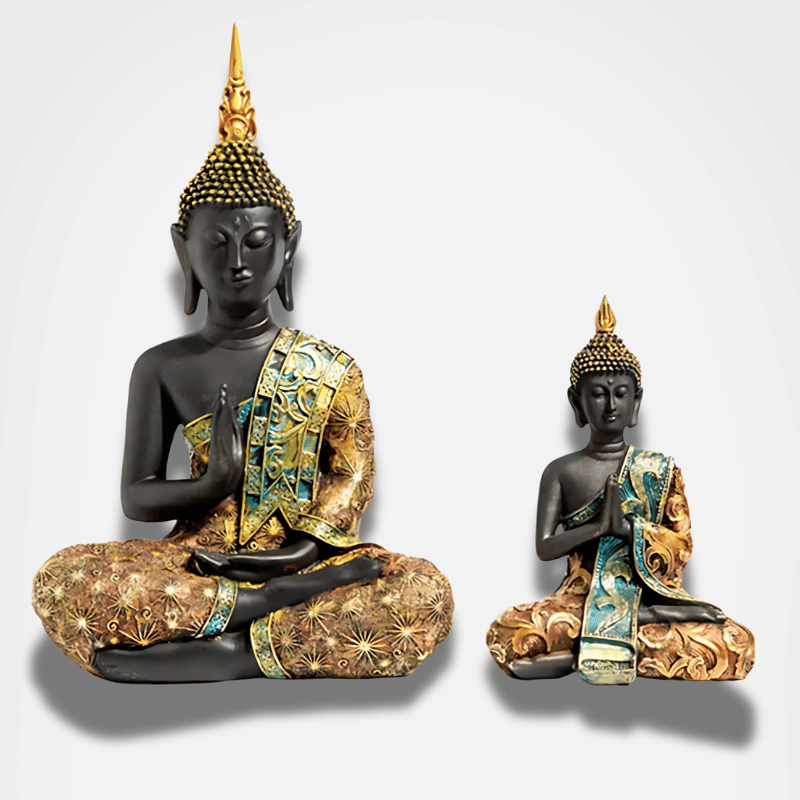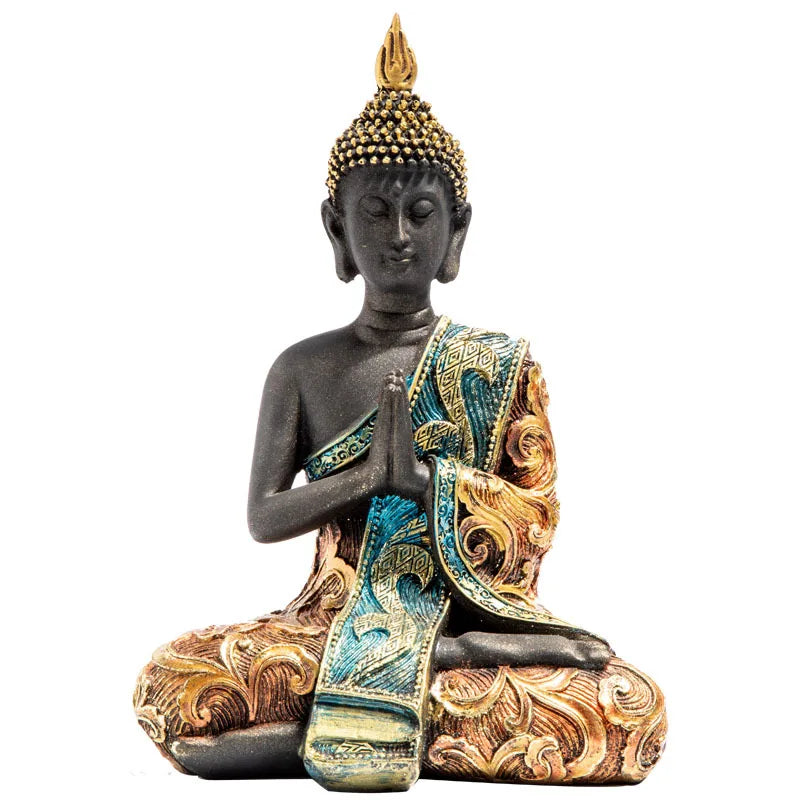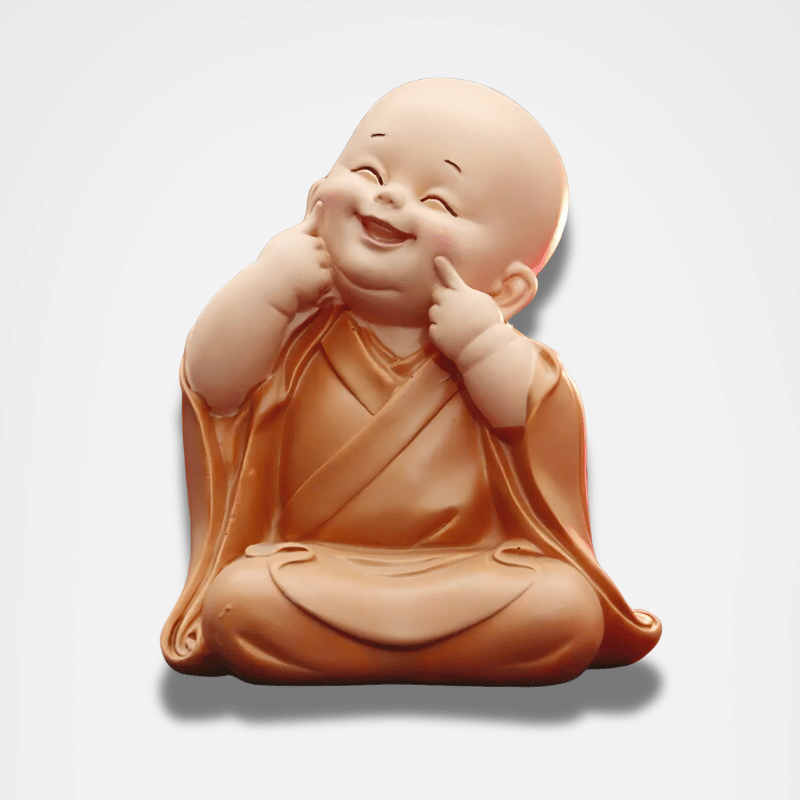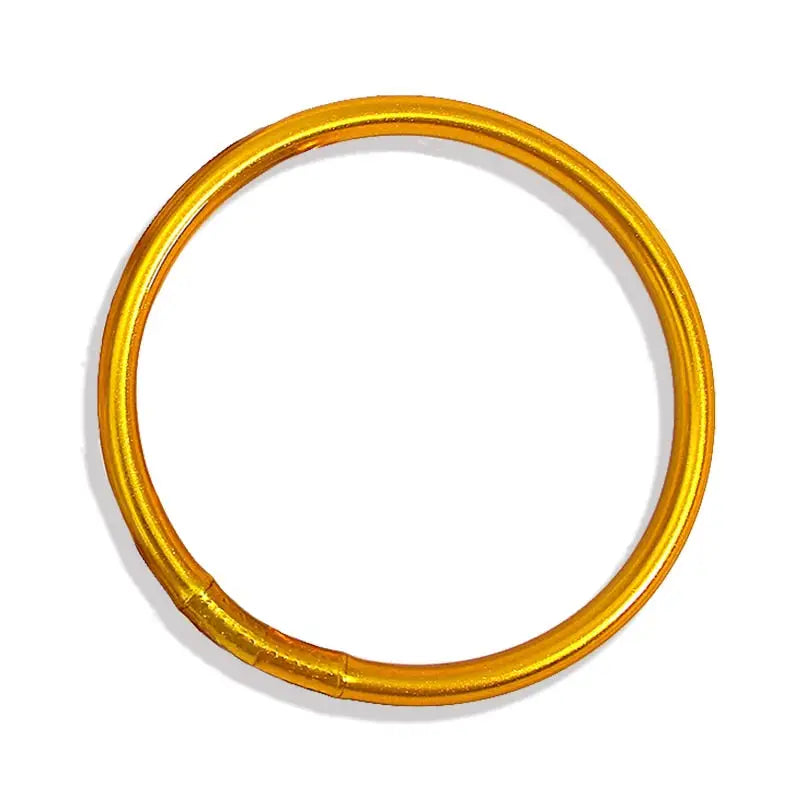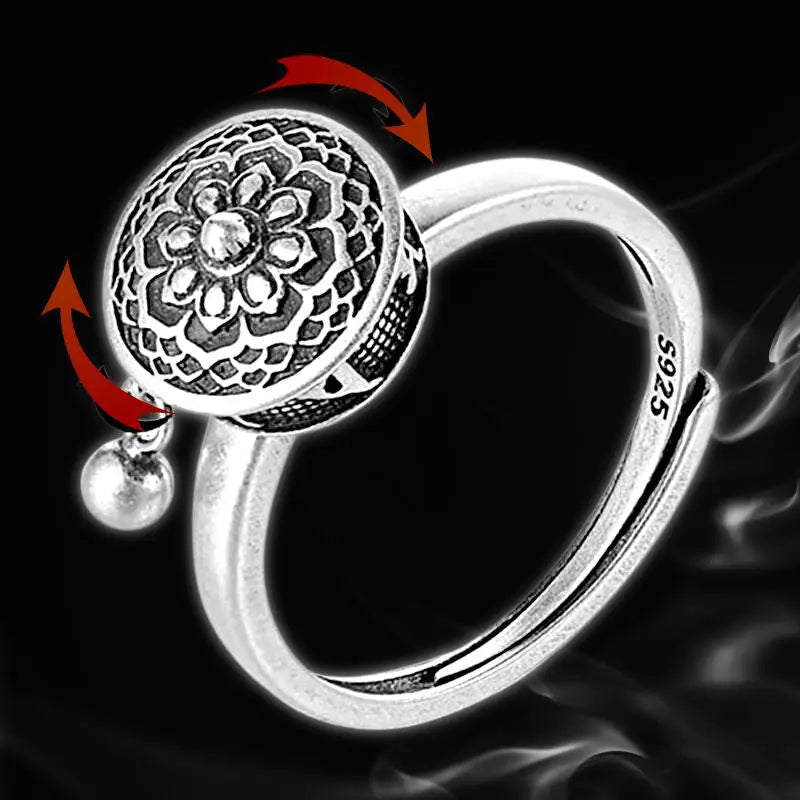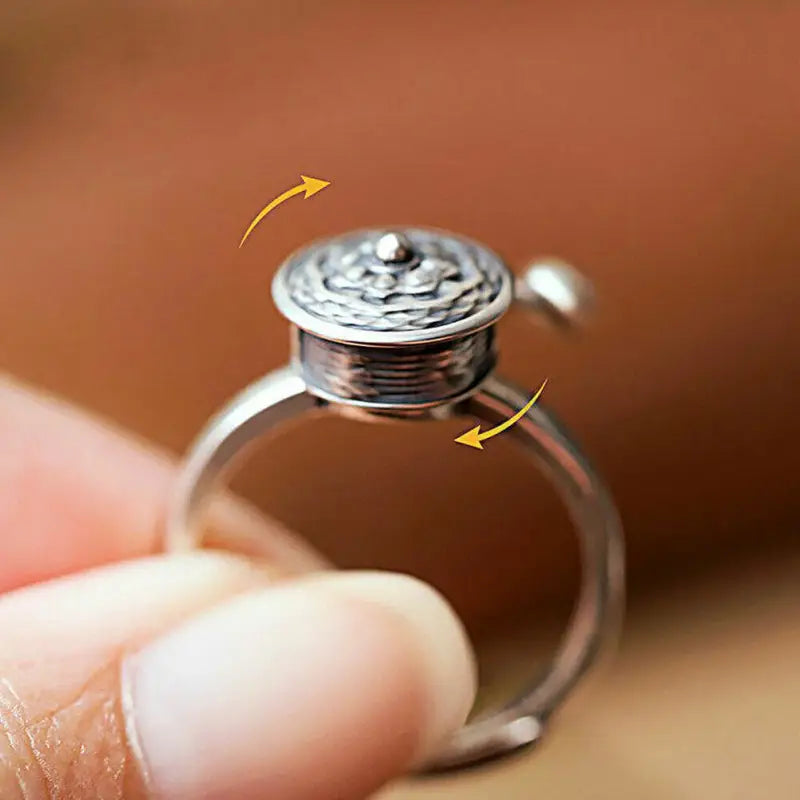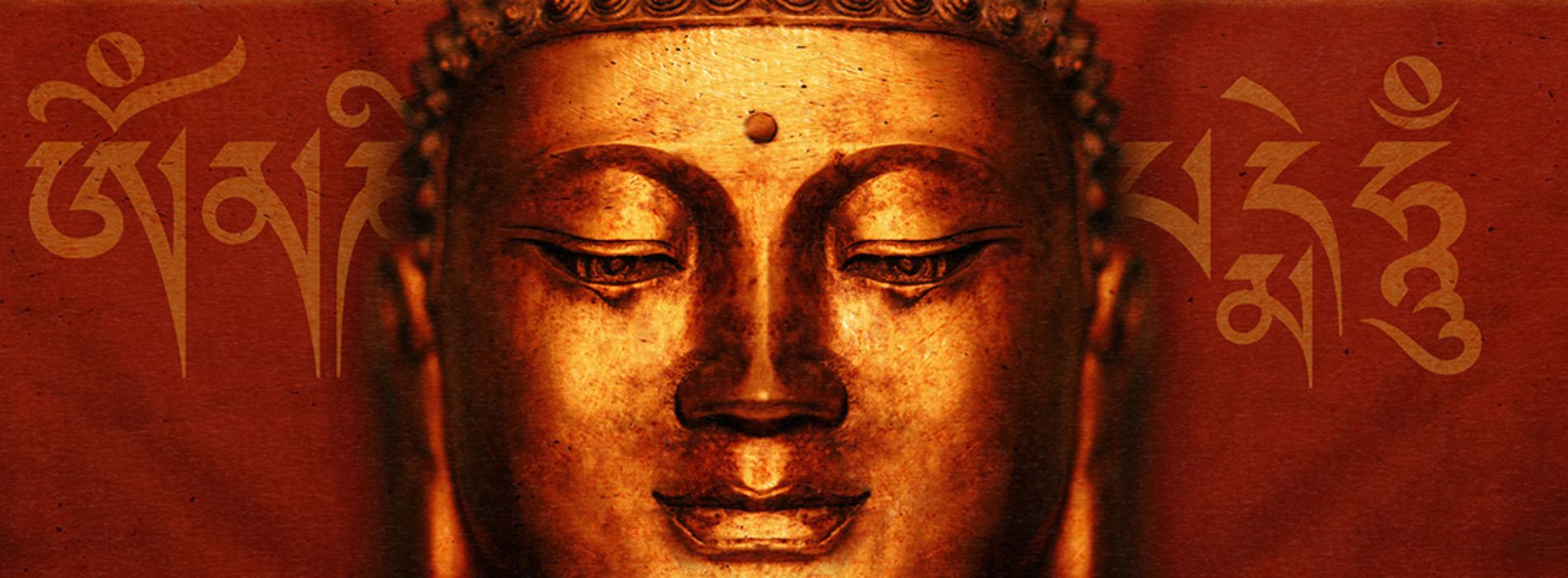Whether you are just starting out or have been practicing meditation for a long time, you need to know the lotus position. Indeed, it is an essential symbol. This position is used both for Buddhist meditation and for yoga. This is because this posture allows the body and mind to be in harmony and thus allows energy to circulate well.
The rich and significant history of the lotus posture
The lotus, known in Sanskrit as "padma", is a widely recognized emblem in Asia. For millennia, this flower has embodied a variety of connotations, ranging from purity to beauty, from rebirth to enlightenment, or from prosperity to wisdom.
This majestic flower is deeply rooted in the legends of ancient Egypt and Indian culture. It is omnipresent in Hindu and Buddhist iconographies. Deities such as Lakshmi, the goddess of fortune, Ganesh, the elephant-headed god, and the Buddha himself are often illustrated with the lotus, signifying their spiritual and divine elevation.
Yoga, during its evolution, borrowed these sacred images. Although it is difficult to determine precisely when the lotus pose was formally introduced, Patanjali's Yoga Sutra, one of the foundational scriptures of yoga, emphasizes the importance of a stable foundation for progress in the practice. Although Patanjali does not specify the position of the lotus, its importance is clearly implied.
Around four centuries later, the sage Vyasa expanded on this notion and explicitly mentioned the lotus posture as essential to meditation and the practice of Yoga. And, in the 15th century, writings began to highlight postures, including the lotus, as essential not only for meditation but also for physical well-being.
The deep symbolism of the lotus
Among the different names given to the lotus, "pankajam" is one of the most poetic. It literally translates to “born from the mud”. It is a reminder that although the lotus flower takes root in marshy ground, it rises majestically above the surface, avoiding all defilement.
This natural phenomenon illustrates the ascent of the soul from its humble origins to spiritual elevation, a parallel with yoga's quest to achieve liberation. Likewise, just as the lotus leaf repels water unaffected, we should learn to navigate through life's challenges undisturbed, reflecting the message that the lotus potentially resides within each of us, symbolizing our ability to transcend and elevate ourselves.
To learn more about the Lotus symbol, see our presentation of the symbol:Lotus Flower, Meaning & Secret Buddhist Symbolism
Explanation of the lotus position
Coming from the meditative practices of India, the lotus position is associated with the Sanskrit word “Padmasana” of which padma mainly designates the name of the lotus flower . It was given this name because in this lotus meditation position, the legs open like the petals of a flower. Indeed, the lotus position is a seated cross posture in which both feet are placed on the thighs. It is generally used for the practice of meditation, particularly in Hindu and Buddhist traditions.
The Lotus position allows for better physical stability and also promotes breathing. This is why it is the best known position for meditation. Additionally, "Shiva", the ascetic God of Hinduism, and "Siddhartha Gautama", the founder of Buddhism, have all been depicted in this position.
Furthermore, you should know that practicing Lotus requires great flexibility and a certain preparation. If you plan to start, remember to soften your joints. To do this, you can practice by working your ankles, knees and legs. To help you, here are some exercises you can do:
- Sit down and press your feet together.
- Little by little, push your knees towards the ground. You may feel a slight tightness, but over time this will go away.
- During meditation, remember to work on your breathing, as this helps relax and soften your muscles.
Yoga lotus position
Nowadays, the Lotus position is the most recognized posture in yoga. This is why it is said to be considered the classic yoga position. This position is generally used for meditation and yoga sessions most often begin and end with this pose. However, you should know that this pose is not intended for those who are new to yoga. Indeed, if you are not experienced or have less flexibility, instead of an inverted lotus position, choose other seated positions, such as Easy Pose or “Sukhasana”.
Although this position is perfect for yoga, its practice takes time. Indeed, it can take months to learn the full expression of the pose. However, you should know that in yoga, the main thing is not to strike the pose, but to remain aware of the present moment. So learn to accept your current situation and be aware of what is around you in the present. If you know how to be yourself, instead of trying to be someone else, you can understand that you are a “whole and complete” being. With this awareness, you will already bloom like a “lotus flower”, even if you do not know how to practice this lotus yoga position >.
Benefits of the Lotus position in meditation

The Lotus practice is traditionally known to calm the mind. It also helps prepare the practitioner for deeper meditation. In addition, it has many physical benefits, because it stretches the knees, hips, ankles... and strengthens the back and spine. Additionally, this pose also allows for better blood circulation, which can be beneficial in relieving menstrual discomfort or diseases in the female reproductive organs.
According to the “Hatha Yoga Pradipika”, a yoga manual which was written in the 14th century, the Lotus position is even the “destroyer of all diseases”. Ancient cultures also claim that this posture awakens “Kundalini,” the cosmic energy that engenders self-esteem.
When a meditator knows how to properly practice the Lotus position, he has the advantage of being able to remain in a seated position without effort and without moving for a long period of time. Indeed, the muscles sag and tire easily for other postures. Note that the Lotus posture allows the meditator to learn to avoid muscular tension and agitation. Thus, the Lotus position allows you to relax better and in meditation, relaxation of the body and mind is very important.
Precautions to take before practicing Lotus
The Lotus position, despite its benefits, is not accessible to everyone. It requires a lot of work on your flexibility and sometimes requires exercises. Agreeing to practice this position means agreeing to submit to it, that is to say, you must be patient and be ready to devote time and energy to it.
In addition, you should avoid practicing the Lotus position if you have an injury to your knees, ankles and hips. Indeed, this posture requires great flexibility and great self-confidence for it to be performed correctly. It is then very easy to injure yourself while performing this posture, especially if you already have a chronic injury. Furthermore, you can always practice simpler postures like half lotus if you do not yet have the ability to do so.
In addition to physical preparation, you also need to prepare mentally. This is why it is advisable to seek help from an experienced instructor if you want to learn this position. In all cases, the main thing is to work within your own limits and abilities, whether you want to learn alone or accompanied. Additionally, if you have any medical problems related to learning this position, do not hesitate to talk to your doctor.


















